Rowland-Gregory House, late 1960s (Courtesy Durham County Library)
Below in quotes per the 1982 Durham Architectural and Historic Inventory, p.87 - not verified for accuracy by this author:
"The principal stylistic elements of the two-story hip-roofed house consist of Doric columns supporting the wraparound porch and porte cochere, a Palladian window in the attic dormer on the main facade, and the pedimented gables of the shallow wings on the side elevations. Retaining its original tall chimneys and slate roof, the house is prominently situated on a very large corner lot and surrounded by mature hardwoods."
As early as 1905, William B. Rowland features in Durham city directories as the chief bookkeeper for W. Duke, Sons & Company, resident at 402 S. Duke Street (the southwest corner of the intersection with Chapel Hill Street, now part of the lot on which the former Home Security Life and Durham PD headquarters stands). By 1911, Rowland had apparently accrued the means to have this home built for his family on what was then the outskirts along the corporation line between Durham and East Durham.
Fragment of a 1914 city map showing approximate location of the Rowlands' new home, just inside the corporation line (full map online at Digital Durham).
Unfortunately, William Rowland did not live to enjoy the house for long - leaving behind his wife Mary Florence Rowland and three children when he died in 1913 at just 40 years of age. Mrs. Rowland remained in the house at 1402 Holloway Street for another fifteen years while their kids grew up - and the northern part of East Durham around them. Moving closer to downtown at 516 Holloway where she would live for more than three decades, Rowland sold this house and surrounding land to Bonnie McCoy Gregory and his wife, Inez, in May 1929.
Owners of the Rite-Way Laundry on Angier Avenue, Bonnie and Inez Gregory had six children - all sons, which made certain 1402 Holloway saw no shortage of youthful hijinks in years to come.
For one occasion in the early 1930s, they used a basement bathroom to hide ponies purchased for their two youngest.
Young Richard Gregory riding in style (Early 1930s, Courtesy of Marcia Gregory).
For children, the space surrounding the house was a year-round playground, and the entire block still undeveloped to the west between Park and Driver gave them free range halfway to the nearby Holloway Street School - which had even more fields around it.
The Brothers Gregory stage some rough-housing, with the family car parked in the house's carriage porch in the background (Likely late 1930s, Courtesy of Marcia Gregory).
As the sons grew up, 1402 Holloway continued to serve as a gathering place for the expanding Gregory family. In fact, part of the land acquired from the Rowlands would be subdivided, and homes for three of the adult sons were built next door: 808 Park Avenue and the duplex at 1404-1406 Holloway Street.
At left - Inez and Bonnie Gregory relaxing on their side porch; at right - the Gregory sons' significant others bring balance to the dinner table (Both c.1950, Courtesy of Marcia Gregory).
With Inez in poor health, Richard Gregory and his wife Joyce - a nurse who could help with her mother-in-law's care - started their own family in the home Richard had grown up in. The joy of their first child, Marcia, would be followed by the sadness of losing first Bonnie and then Inez in 1952 and 1953.
Proud parents Joyce (left) and Richard (right) pose around the porch with the newest Gregory to call 1402 Holloway home (Courtesy of Marcia Gregory).
The joy of their first child, Marcia, would be followed by the sadness of losing first Bonnie and then Inez in 1952 and 1953.
One constant through years of change, two generations of the Gregory family grew up with the help of Jeanette McLaurin. Cook, housekeeper, nanny, and companion, Ms. McLaurin spent most of the weekdays at 1402 Holloway Street before returning on weekends to her house on Lakeland Street (now sliced through by the Durham Freeway, hers was the neighborhood by Ebenezer Baptist Church, right where the pedestrian bridge now crosses over).
At left - Ms. McLaurin in the kitchen at 1402 Holloway, late 1940s; at right - Ms. McLaurin and the newborn Marcia Gregory, 1951 (Courtesy of Marcia Gregory).
Though the area had developed significantly since her father's childhood in the 1930s, Marcia Gregory reflects fondly on the world she and her friends shared along Holloway Street in the 1950s and 1960s.
At left - the yard was still every bit the playground for Marcia and friends; at right - the house remained the gathering spot for family occasions (Both mid-1950s, Courtesy of Marcia Gregory).
Alterations were made to the house itself over the years as the size and needs of the family shifted. An exterior staircase leading to an in-law apartment had been added to the southwest side for family use and then rented to tenants - in the early 1960s a Duke medical resident named Lewis N. Perry and his wife Betsy.
Inheriting the Rite-Way Laundry their father founded, five of the Gregory brothers ran and expanded the business in Durham while a fifth moved to Elkin, North Carolina, to open a similar business. Two of them - Coy and Richard Gregory - also held positions in the Tyndall's Men Shop at the corner of Parrish and Corcoran Street downtown (as Vice President and President, respectively). Joyce Gregory worked as a nurse with Watts Hospital and later Home Security Life Insurance.
At left - children playing on the staircase to the exterior entry added to the rear of 1402 Holloway; at right - Joyce Gregory in her work attire (Both spring 1955, Courtesy of Marcia Gregory).
Many of the main institutions in Marcia Gregory's formative years - the Holloway Street School, East Durham/Holton Junior High, the Gregorys' laundry on Angier - were within a one-mile radius.
At left - Marcia Gregory and her puppy in kitchen in the late 1960s; at right - both dog and owner more grown up by 1970, with the large garage on the Gregory property visible in the background (Courtesy of Marcia Gregory).
She would be married at the same church down the block - Holloway Street Baptist - that her family had attended throughout her youth.
After a few seasons passed with their daughter no longer at home...
At left - late snow in the spring of 1972; at right - a serious plan to address the summer 1973 heat (Courtesy of Marcia Gregory).
...Richard and Joyce Gregory sold the house in the mid-1970s and moved to North Durham.
They were not the only ones to leave - economic and social factors unleashed by the decline of the industry that had made William B. Rowland wealthy enough to build this house pushed many families out and significantly altered the landscape of the city. Once a predominantly white working- and middle-class part of town, East Durham witnessed a particularly high rate of flight in this period.
1402 Holloway, 1980 (from the Durham Architectural and Historic Inventory)
The Rowland-Gregory House changed hands a number of times in the decade after the Gregory family moved out. A former neighbor recalls the large garage on the property burning in the early 1980s as a reason his own family decided to move from their home across the street.
The house has been remuddled a good bit since that time. It appears it came under ownership of the Agape School in 1986, so presumably the school did it. Such would seem confirmed by their recent Home Depot-esque garish remodel of the house at 1217 Holloway - otherwise known as the red-roof-you-can-see-from z=15 on Google Maps.
1402 Holloway, 10.02.10
UPDATE, May 2019: Amidst reports that Agape intends to demolish the Rowland-Gregory House, an evening news report on WRAL TV put the property in the spotlight along with another endangered National Register Historic District contributing structure - the Shepherd-Mebane House in Hope Valley (thought to be the oldest building standing in Durham)
In the meantime, by preserving and repurposing the neighboring Gregory Duplex as Holloway Place - an affordable co-housing space for low income single women - Durham non-profit Housing for New Hope and its partners have shown how urgent social needs can be addressed without erasing the historic fabric of the community.
With that facility opening in June 2019, there is still an opportunity for the owners of the Rowland-Gregory House to join the effort, helping shape East Durham's future while being stewards of its past.
UPDATE, May 2020: Unfortunately, after a year of efforts to seek other options, the Rowland-Gregory House was demolished and cleared.
(A. Johnson, 5.21.2020)


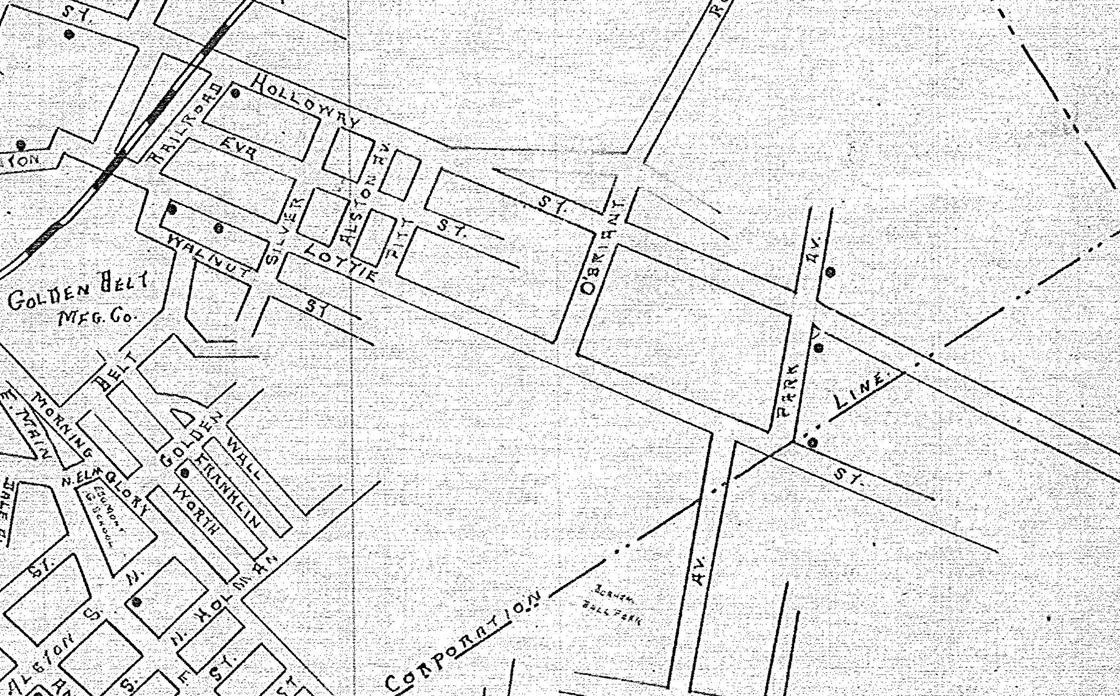

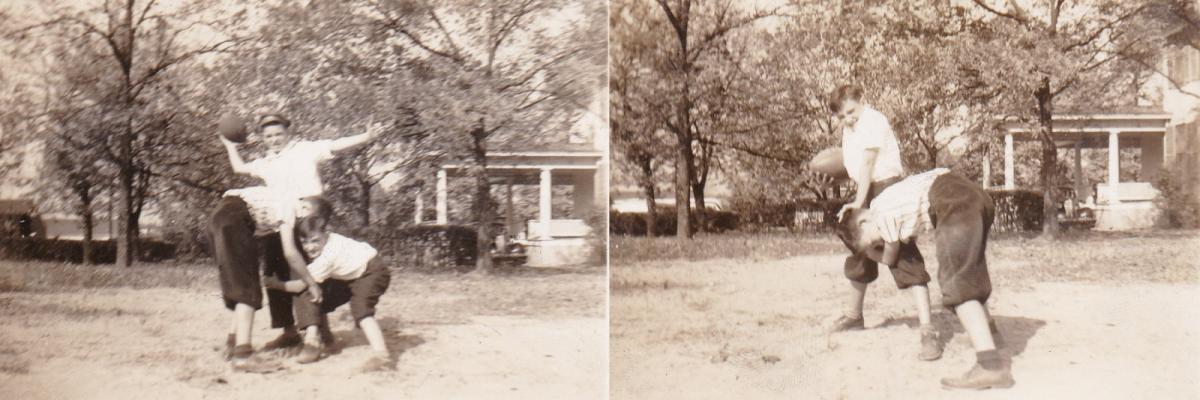
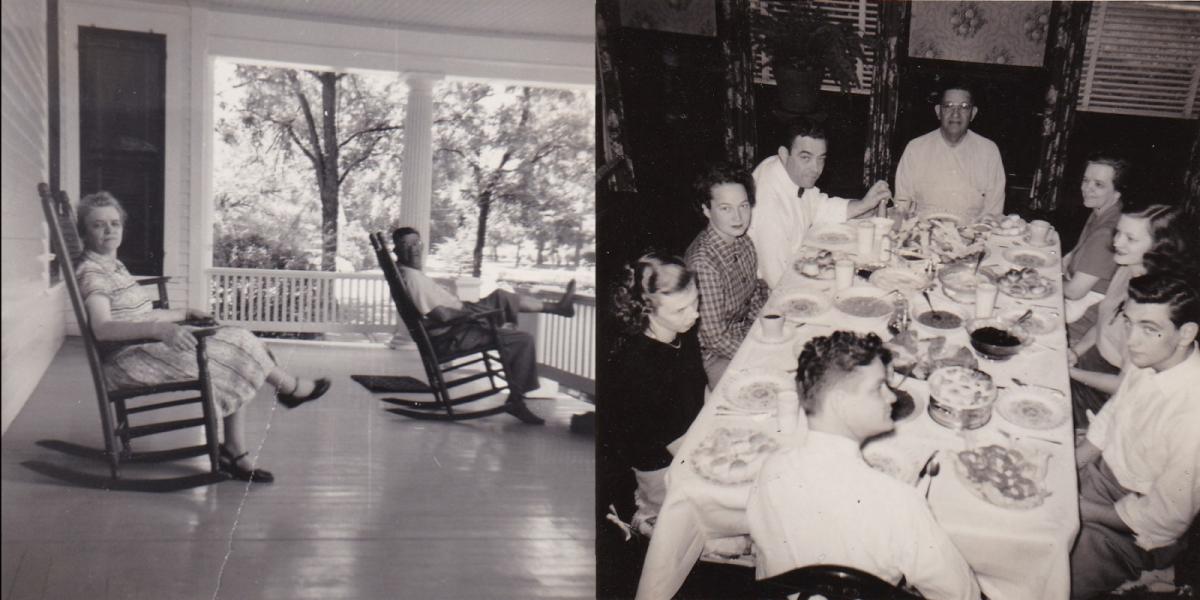
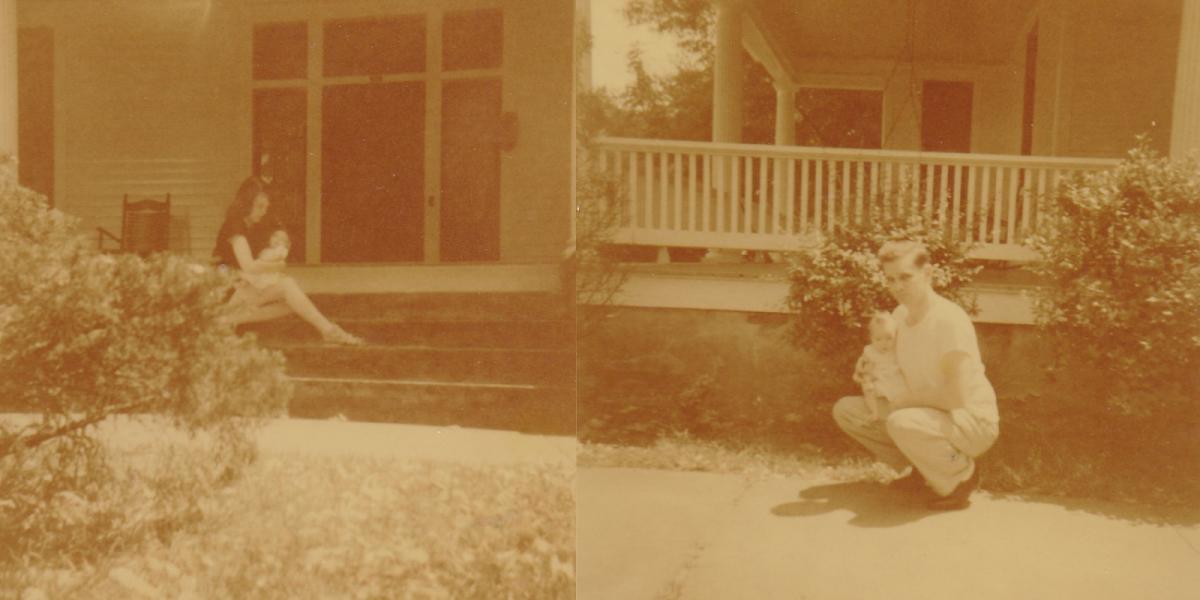
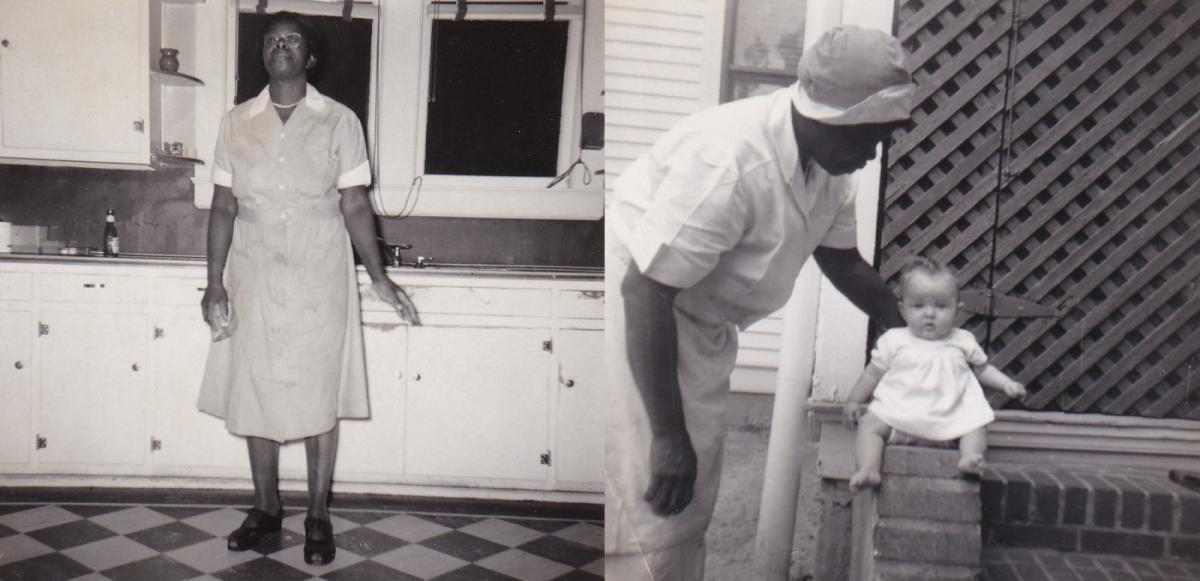
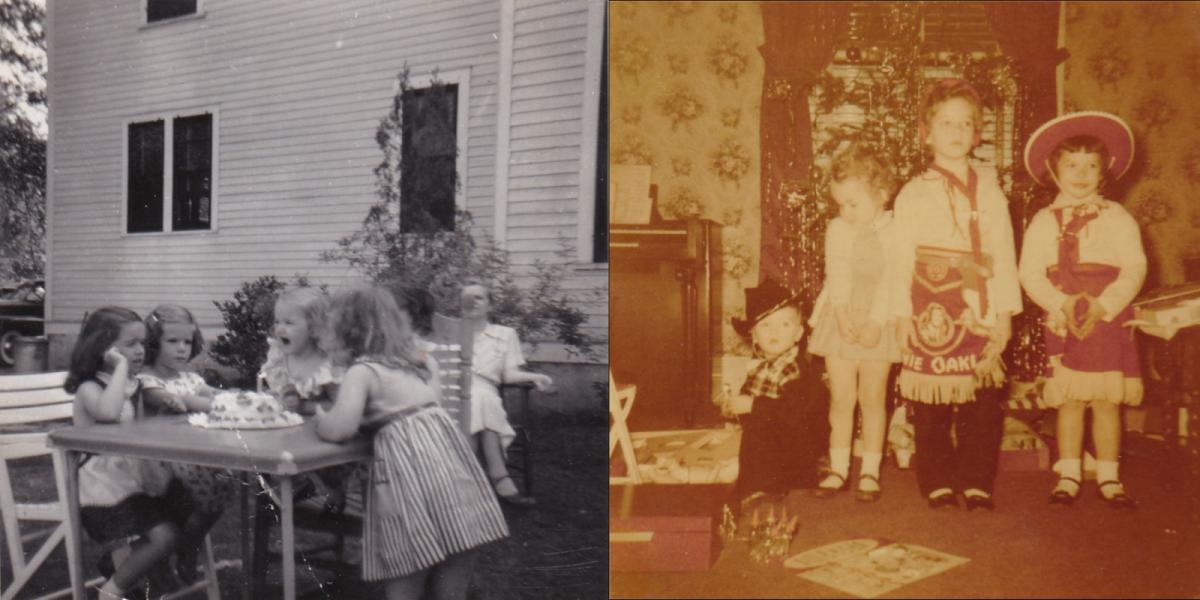
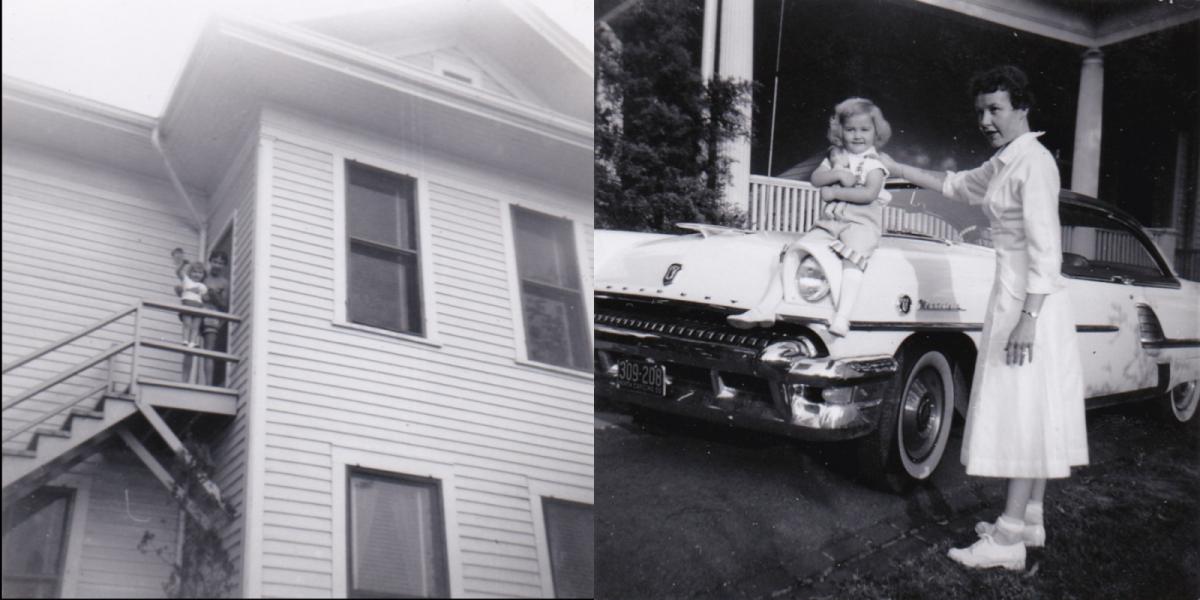
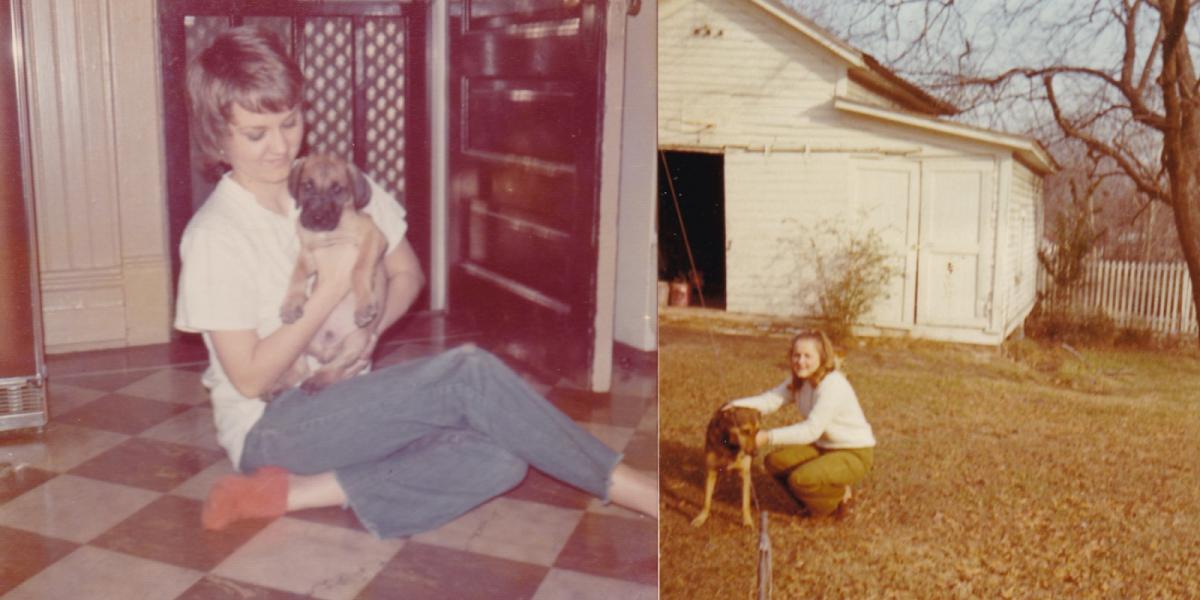
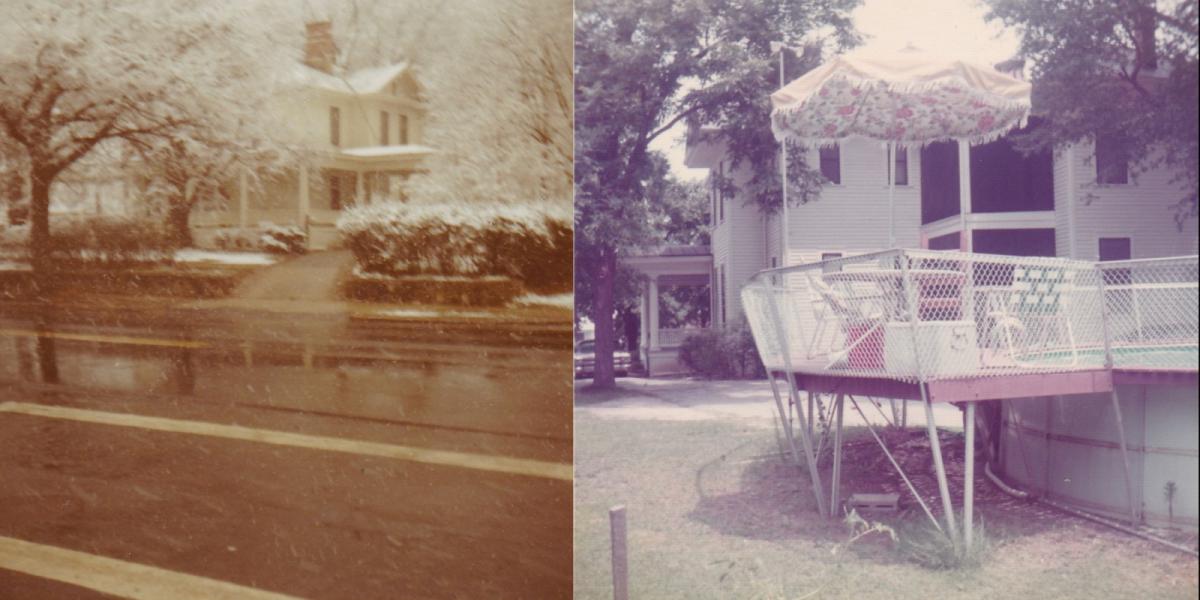
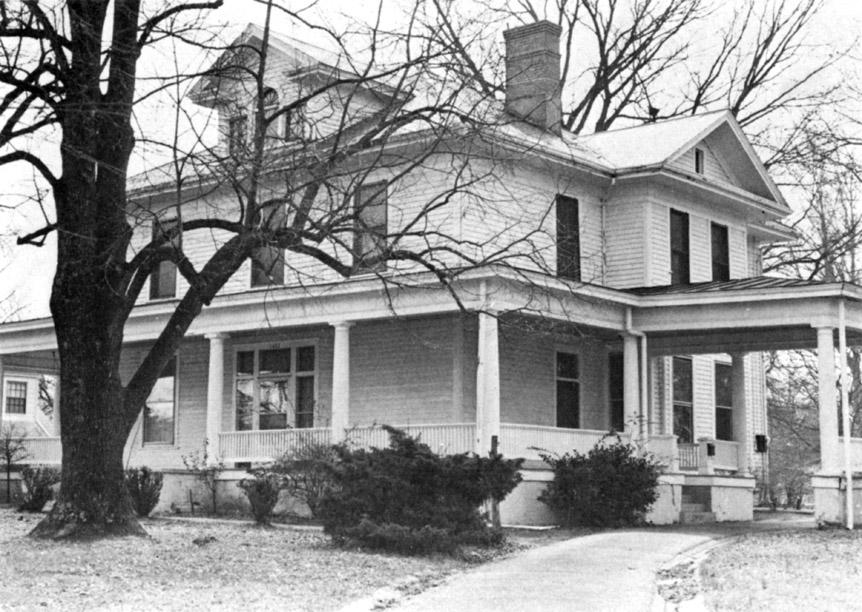
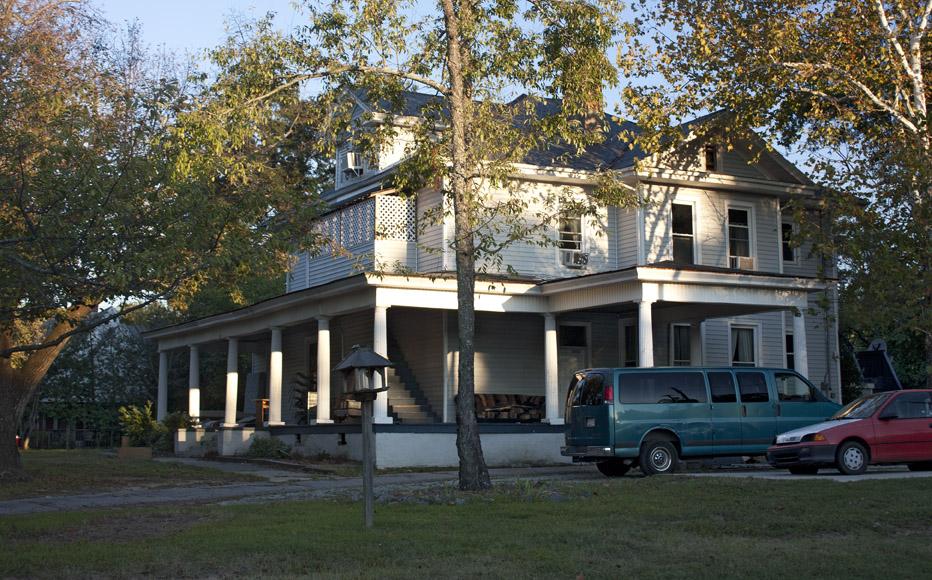
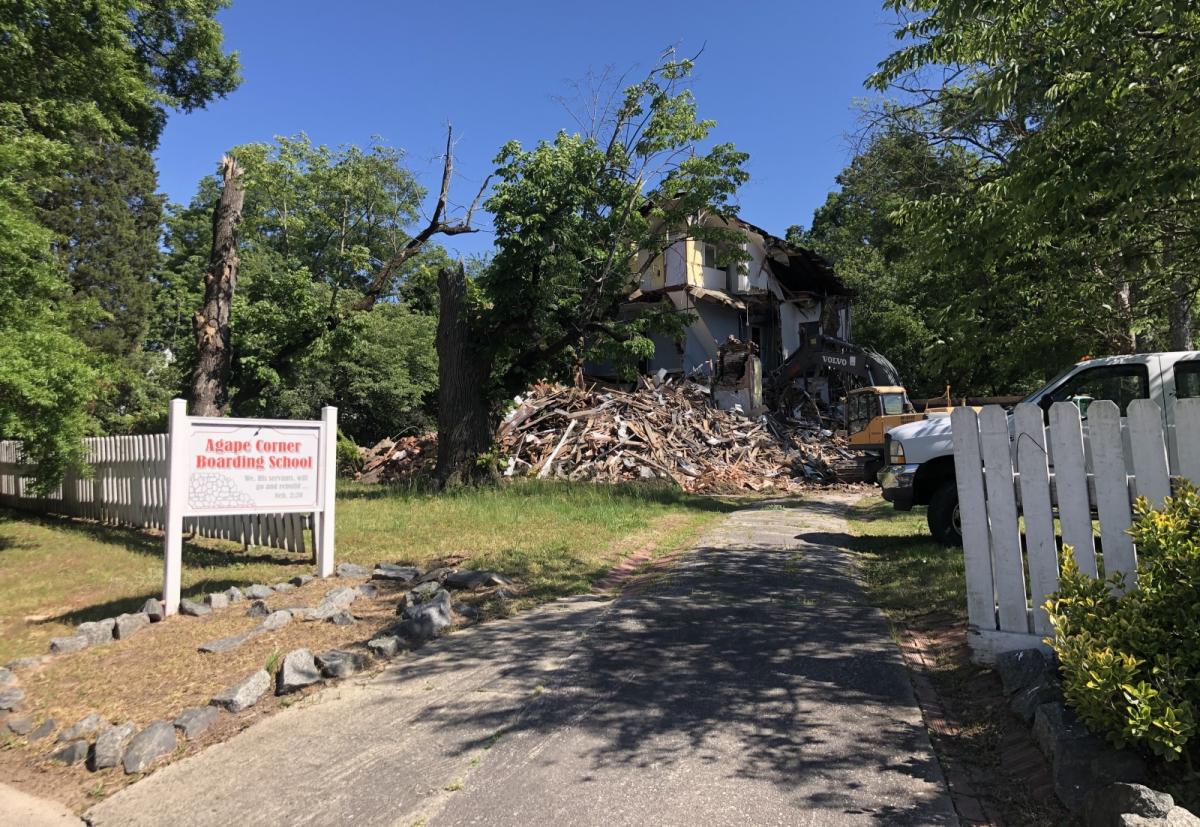
Comments
Submitted by John Wulsin (not verified) on Sat, 2/26/2011 - 8:44pm
Here are photos from the remodel of 1217 Holloway (the Agape Corner School): http://www.flickr.com/photos/46076146@N04/sets/72157623118711079/show
Here is the website of the Agape Corner Schools: http://www.agapecorner.org/
Submitted by Rod Mullen (not verified) on Sat, 7/16/2011 - 2:00am
My maternal grandmother was a girl in the early 1900s when this house was built. She remembered taking lunch to her father while he was helping to build it. The Gregory family lived there until the 1970s.
Submitted by Mark Bryant (not verified) on Sat, 5/5/2012 - 11:11am
I am the business manager of Agape' Corner Boarding School in Durham, NC. I am looking for anyone who is familiar with the exact year the Rowland-Gregory House at 1402 Holloway Street was built. Please email me with this information asap. I would greatly appreciate it. Thank you.
Submitted by gary on Sat, 5/5/2012 - 1:03pm
You know, Mark, you can pay people to research that information for you- or at least offer a better business proposition than "do favor for me asap for unstated reasons and nothing in return."
Gary
Submitted by zakeeyah cameron (not verified) on Thu, 3/28/2013 - 3:50pm
Submitted by zakeeyah cameron (not verified) on Thu, 3/28/2013 - 3:50pm
Can i come abd read to some children for community & service on march 29 2013
Add new comment
Log in or register to post comments.